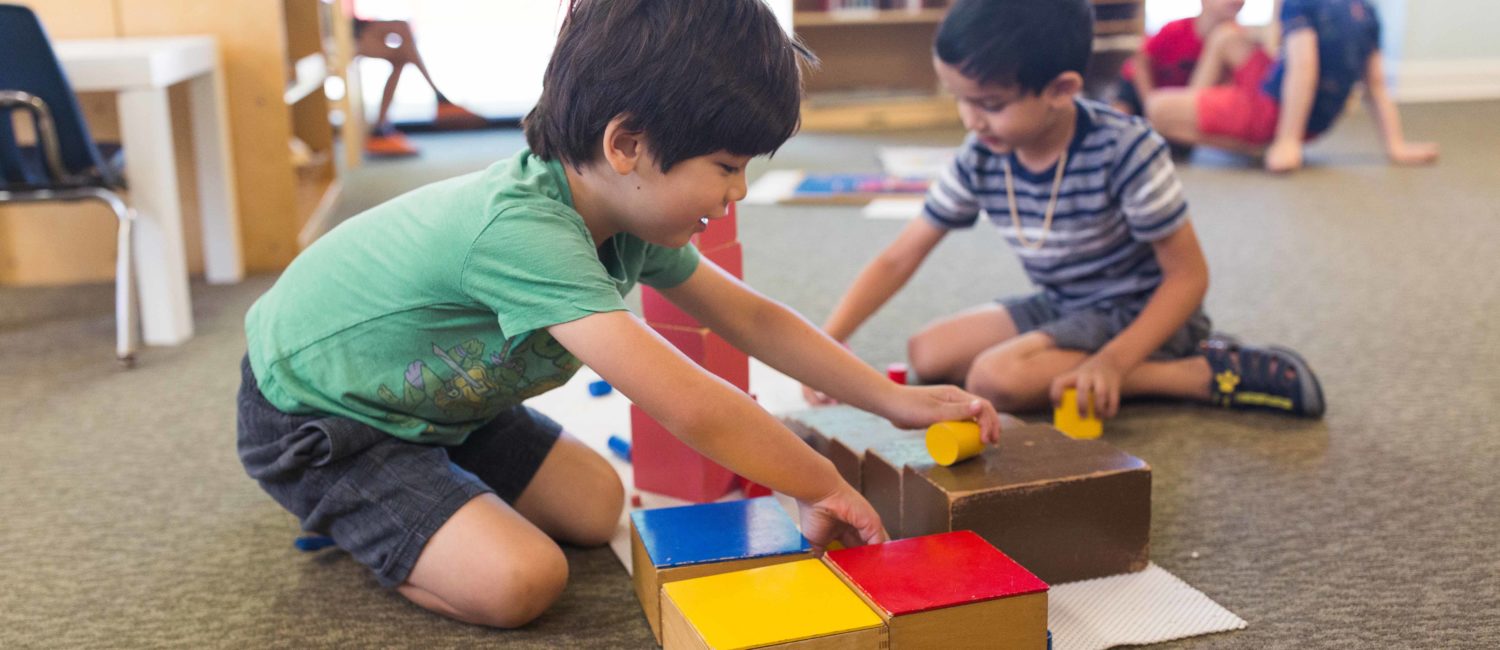
Primary
Time | Activity |
7:45 – 9:00am | Arrival |
9:00 – 9:30am | Morning Circle, including calendar, attendance, and group lesson |
9:30 – 11:00am | Montessori Work Cycle |
11:00 – 11:15am | Circle |
11:15 – 11:45am | Outside Play |
11:45 – 12:15pm | Story telling and lunch preparation |
12:15 – 12:45pm | Lunch |
1:00pm | Rest time |
1:35pm | Chapter book for non-nappers |
2:00 – 3:00pm | Montessori work cycle |
3:00 – 3:15pm | Story circle |
3:15-4:00 | Outside Play |
4:00 – 5:15 | Extended Day |
Ages 3 to 6 years
The ages of the children in this class are from 3 to 6, and they must be toilet trained prior to entering the class. Primary children generally stop napping at age 4, or shortly thereafter. The range of lessons that are offered to these children is exceptional, and their success is now based on the high degree of self-confidence that they have in their abilities. More and more they learn how to work and play with each other, whereas before they had only worked and played around each other. Gradually they learn to reflect on their actions rather than react to the stimulus of the moment. The children begin to be able to plan what they will do for the day, and this self-regulation is the prelude to the explosion in learning that occurs between ages 4 and 6.
Our Primary program focuses on developing socialization skills, emotional growth, physical awareness and academic readiness. Like building the foundation of a building, we start with the basic phonetic sounds and let them construct their own language skills at a pace that expands as each new concept is learned, practiced and mastered. Many of these children are beginning to read by the time they begin their Kindergarten year. In the area of math, the teachers focus on actively involving the child with materials that contain pattern recognition, numeral recognition, shape identification, classification, estimation and number concept development. Mathematics concepts are taught sequentially, from the most concrete to the more abstract ideas and operations.
In addition, the Primary children are involved in creative works in drama, singing, storytelling, and numerous art projects. As their skills improve, they are better able to expand their ideas of the environment through experimentation. The creative nature of the child is nurtured by the active nature of the classroom and the freedom that the child has to explore, conceptualize and to create.
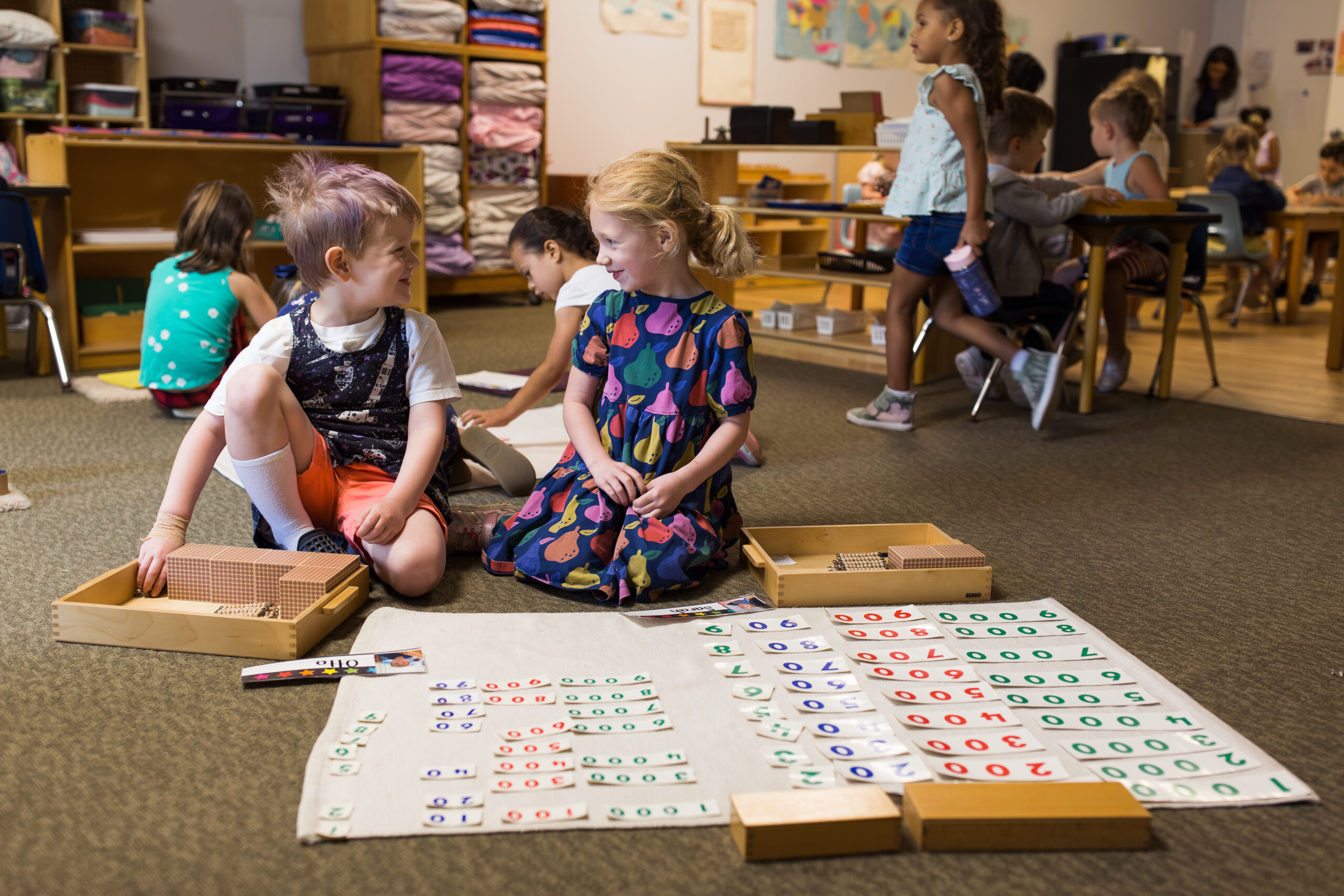
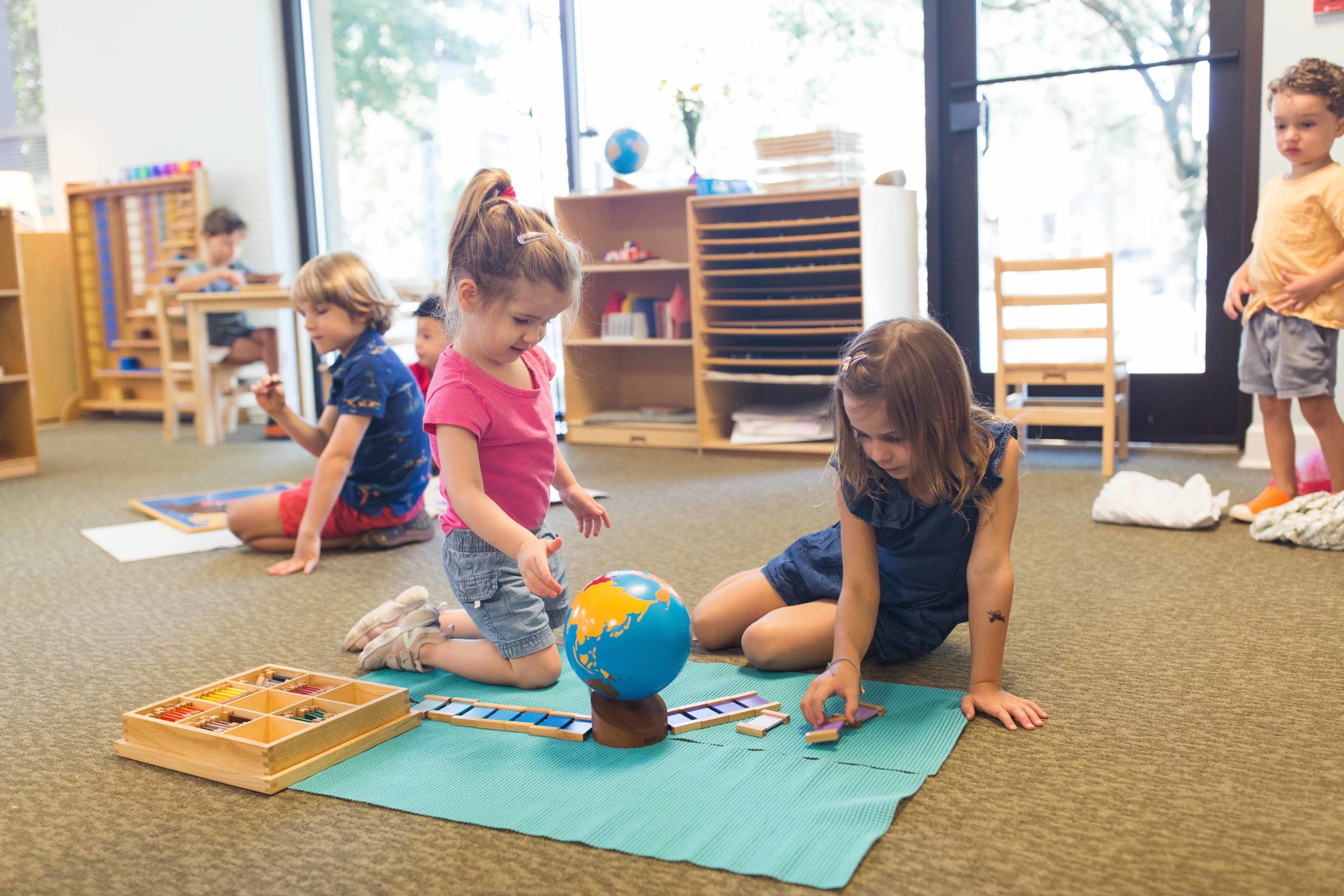
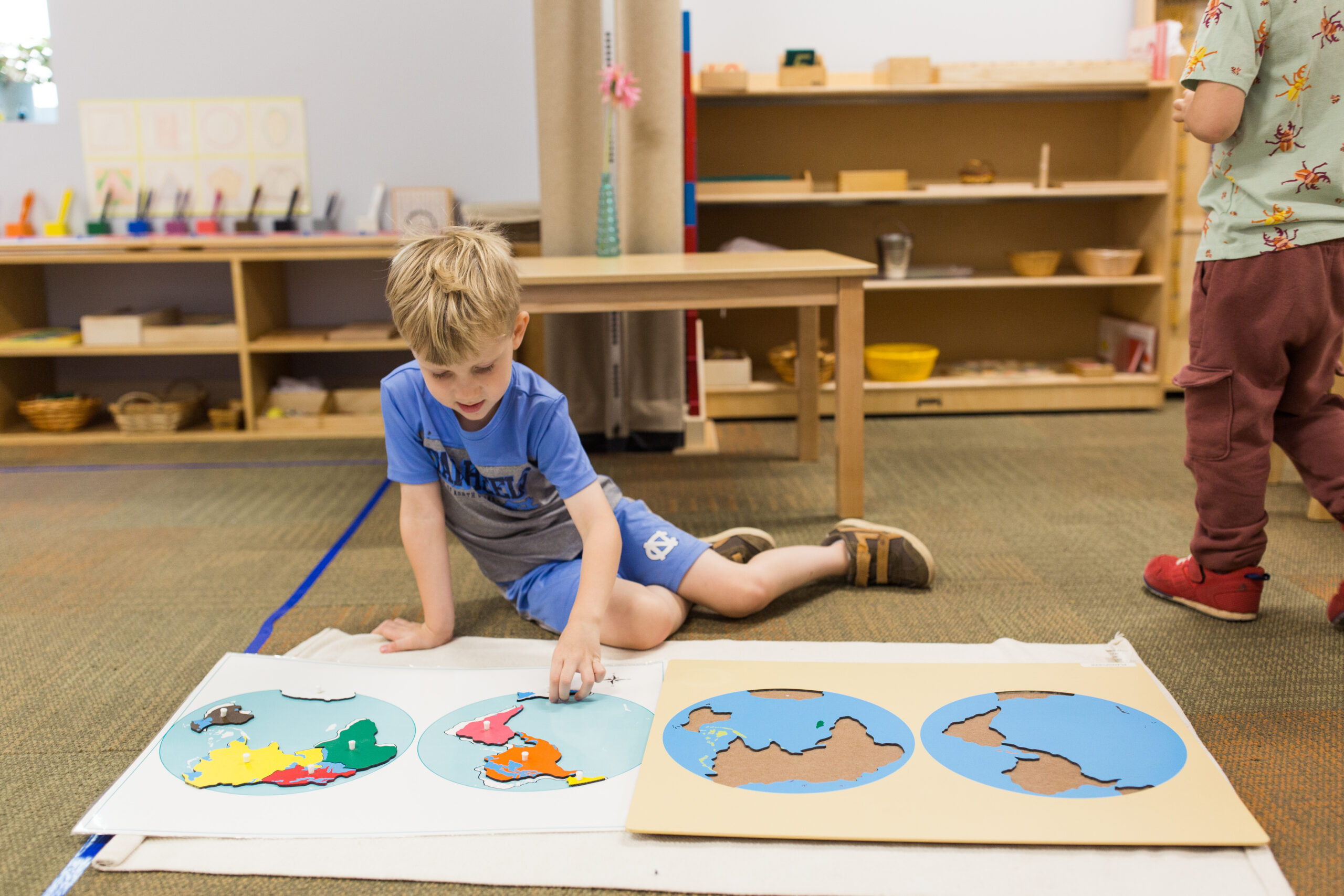
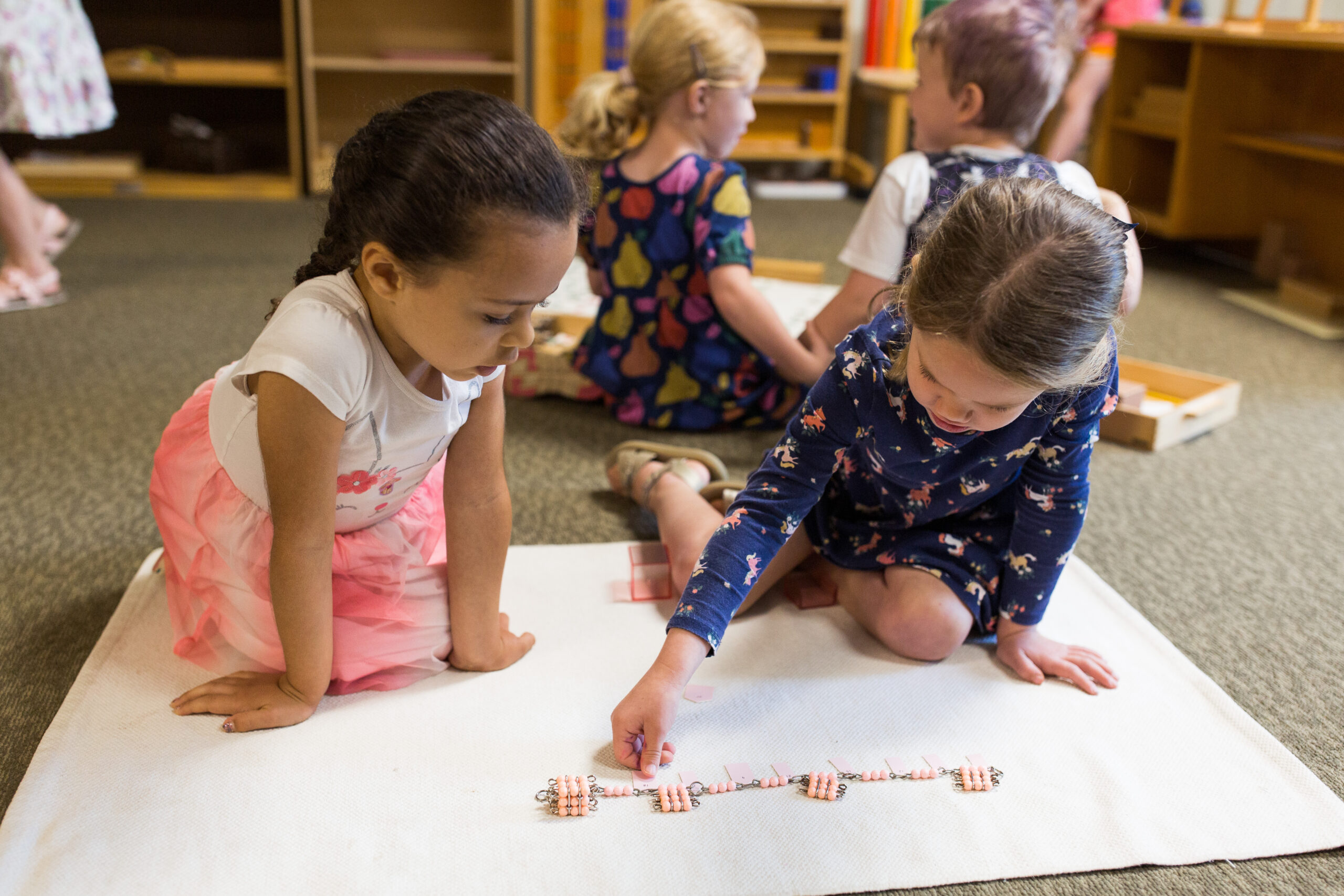
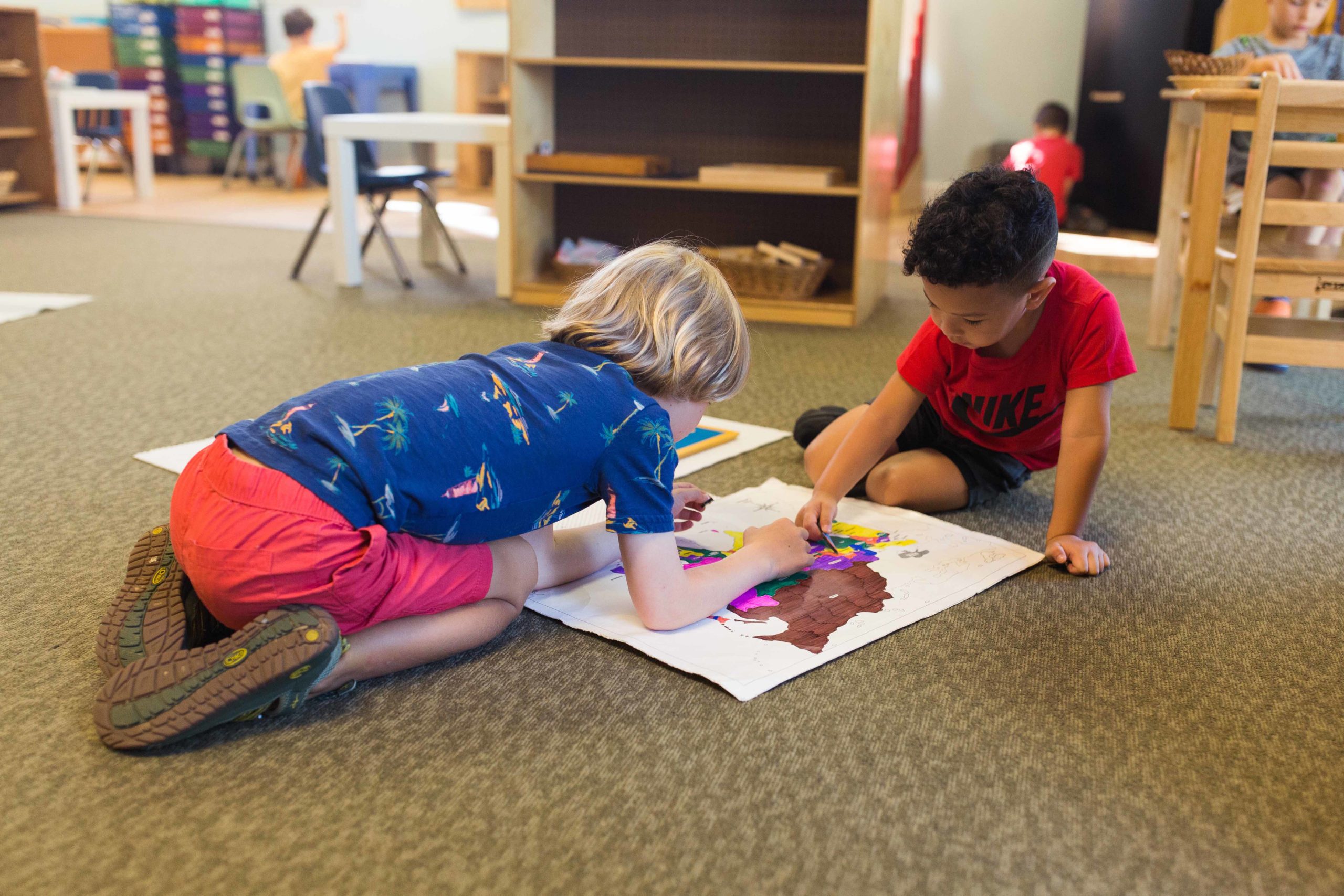
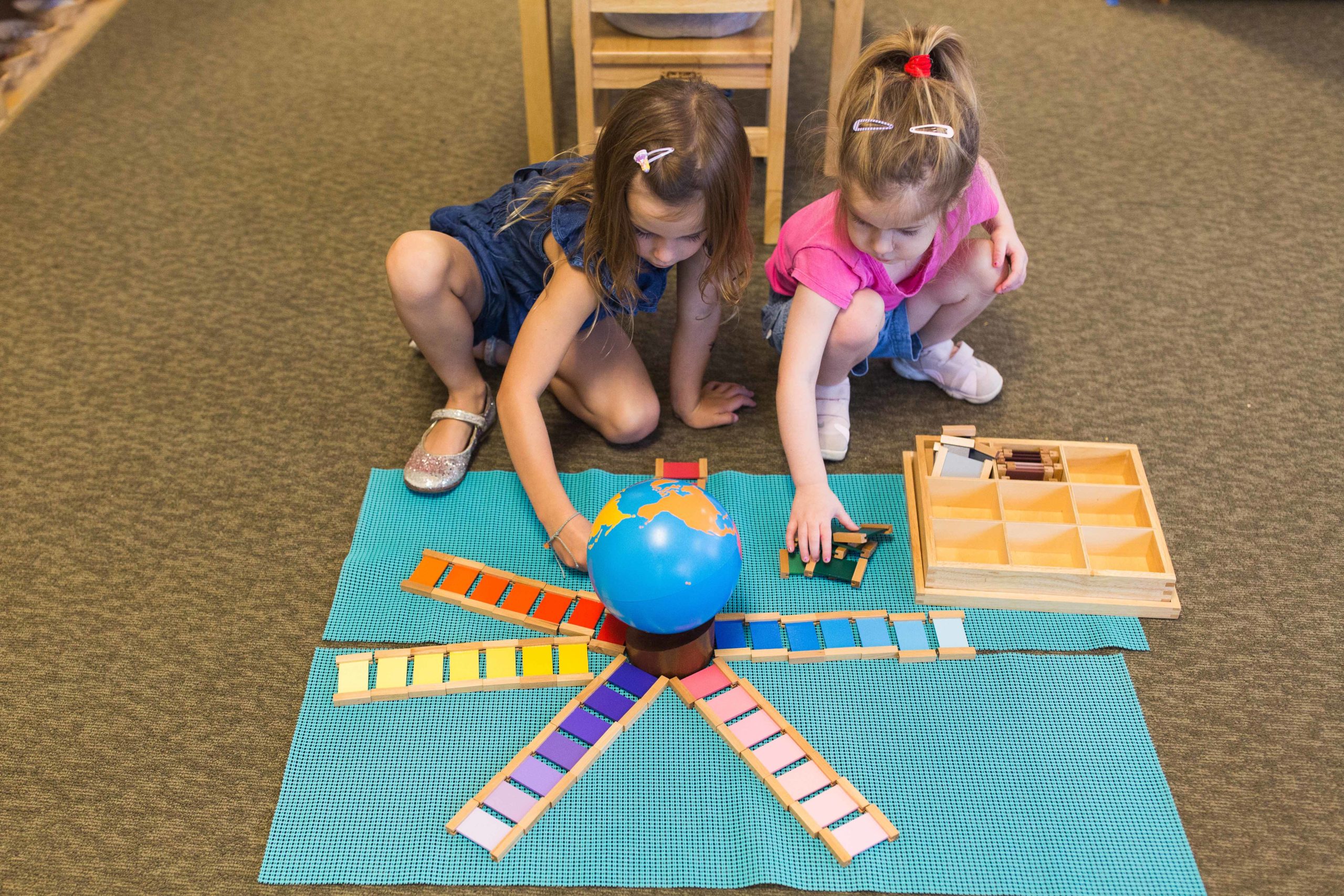
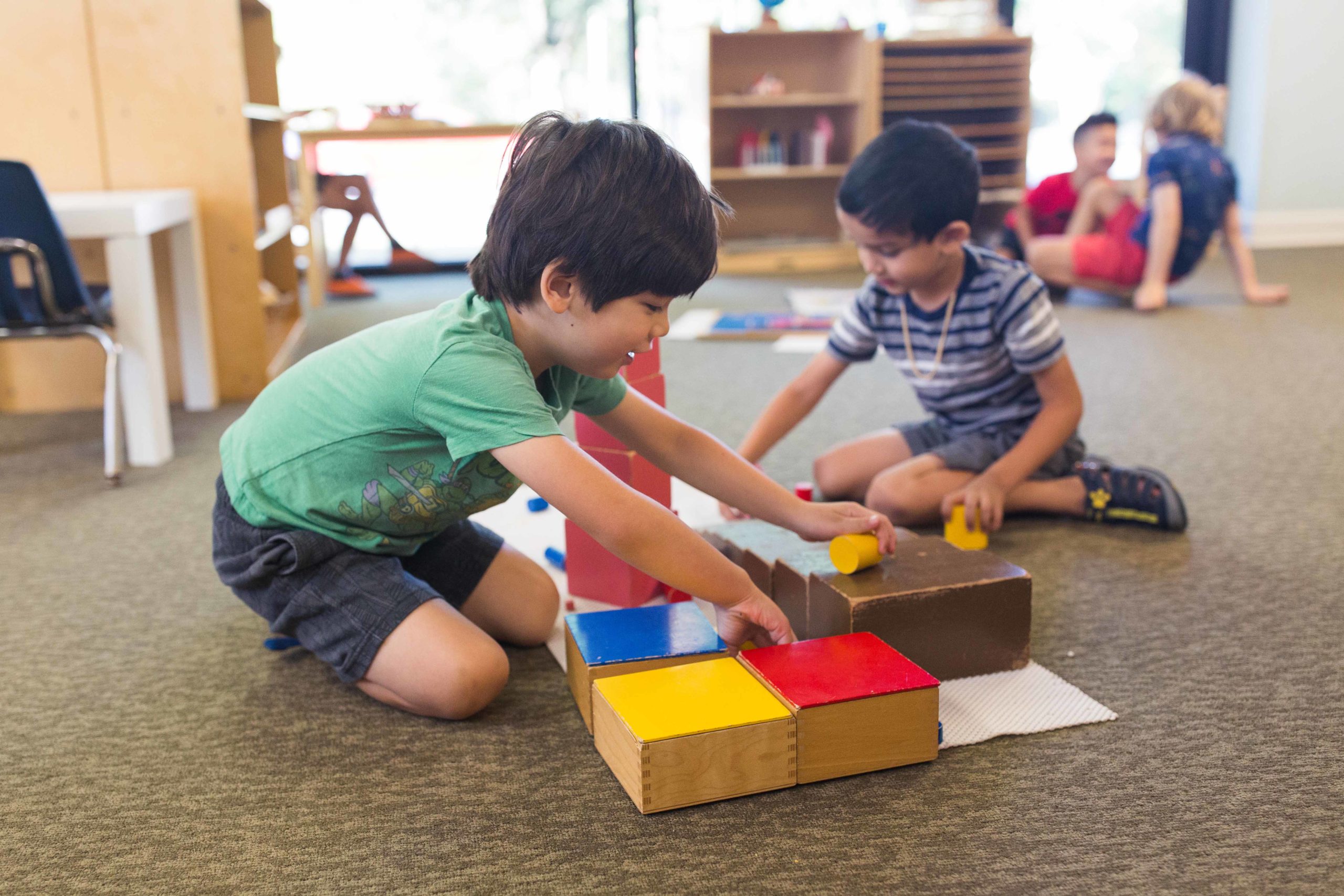
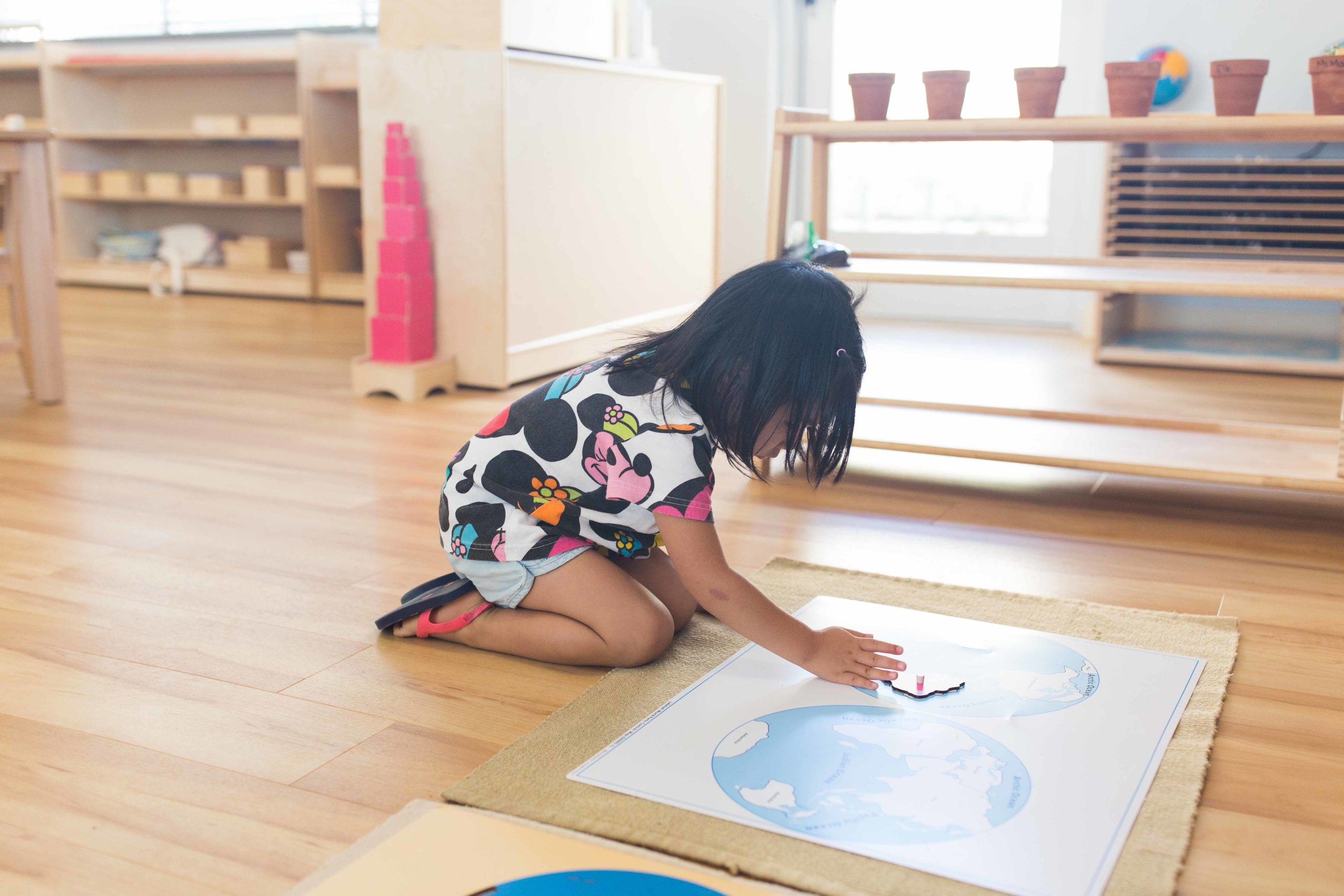
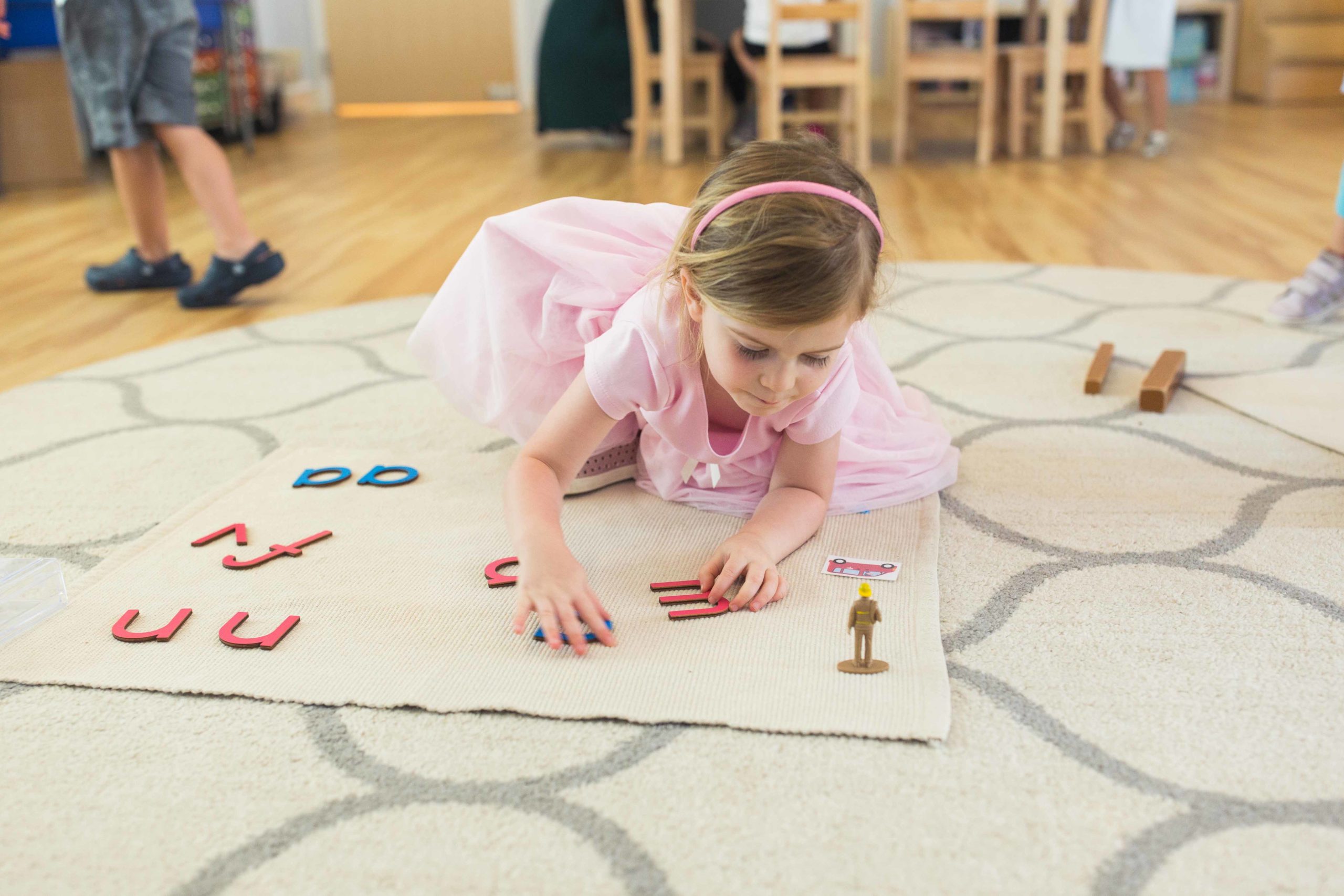
Building Skills
Practical Life
Sensorial
Cultural
Language
Math
Charlotte Montessori School
219 East Boulevard Charlotte, NC 28203
Phone: 704-332-7733 • Fax: 704-370-6111
Email:charmont@
Hours: Monday – Friday • 7:45 am – 5:15 pm

